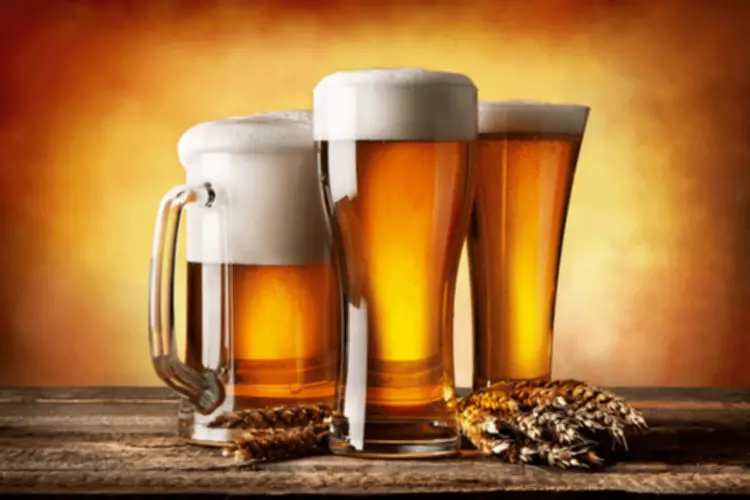
There are relatively few specific specialist alcohol services for people from ethnic minority groups, although some examples of good practice exist (Harrison & Luck, 1997). There is a high prevalence of alcohol misuse (as well as mental and physical health, and social problems) amongst people who are homeless. The prevalence of alcohol-use disorders in this population has been reported to be between 38 and 50% in the UK (Gill et al., 1996; Harrison & Luck, 1997). In the US, studies of this population typically report prevalence rates of 20 to 45%, depending on sampling methods and definitions (Institute of Medicine, 1988). While drinking and alcohol-use disorders are relatively rare under the age of 10 years, the prevalence increases steeply from the teens to peak in the early 20s. The UK has the highest rate of underage drinking in Western Europe (Hibell et al., 2009).
Mental vs. physical dependence
If you’re worried about your drinking, get in touch with your local GP surgery, who will be able to help. If you’re experiencing an emergency, please call 911 or visit our Resource Hub to view a list of 24-hour support services and hotlines. Symptoms might also fluctuate, improving for a period of time and intensifying when you’re under a lot of stress.
Related NICE guidance and evidence
- Stanford University Professor Dr. Keith Humphreys, told me, “Our research showed the rate of drug-involved suicides among older Americans has increased by 60% since 2001.
- It’s a condition that sometimes pops up after the symptoms of physical withdrawal have subsided.
- Average nightly sleep duration was measured using the Modified Sleep Habits Survey (Short et al., 2013).
- Research suggests this form of treatment can help people shift from heavy to moderate drinking, improve quality of life, and enhance emotional well-being.
- Some 70% of men who assault their partners do so under the influence of alcohol (Murphy et al, 2005).
Another would be a college student who repeatedly has trouble making it to class because she was drunk the night before. These individuals, sometimes called “almost alcoholics,” may not see the connection at first but would often benefit from help and support. Adelstein and colleagues (1984) found that cirrhosis mortality rates are higher than the national average for men from the Asian subcontinent and Ireland, but lower than average for men of African–Caribbean origin. Cirrhosis mortality was lower in Asian and African–Caribbean women but higher in Irish women. However, because there were few total deaths in ethnic minority groups this may lead to large errors in estimating prevalence in this population. Studies in England have tended to find over-representation of Indian-, Scottish- and Irish-born people and under-representation in those of African–Caribbean or Pakistani origin (Harrison & Luck, 1997).
How to reduce your risk of becoming alcohol dependent
The idea that altered forms of consciousness such as mania or alcohol can enhance creativity is a popular belief. Researchers found that participants who had a few drinks were better https://ecosoberhouse.com/recovery-residence/ and faster at creative problem solving than their sober counterparts. The reason may be that alcohol tamps down working memory and therefore sparks people to think outside the box.
- Most substance use disorders among older people involve prescribed medications, not illegal drugs.
- A subgroup of these behaviors are considered “executive functions” (Oscar-Berman et al. 2004).
- Our providers come from all walks of life and show compassion to every patient, customizing the treatments to each unique situation.
Further, the age at which deaths from alcoholic liver disease occur has been falling in the UK, which is partly attributable to increasing alcohol consumption in young people (Office for National Statistics, 2003). As previously noted, increased anxiety represents a significant component of the alcohol withdrawal syndrome. Importantly, this negative-affect state may contribute to increased risk for relapse as well as perpetuate continued use and abuse of alcohol (Becker 1999; Driessen physiological dependence on alcohol et al. 2001; Koob 2003; Roelofs 1985). Indeed, both preclinical and clinical studies suggest a link between anxiety and propensity to self-administer alcohol (Henniger et al. 2002; Spanagel et al. 1995; Willinger et al. 2002). In addition to physical signs of withdrawal, a constellation of symptoms contributing to a state of distress and psychological discomfort constitute a significant component of the withdrawal syndrome (Anton and Becker 1995; Roelofs 1985; Schuckit et al. 1998).
12.2. Current service provision for children and young people

How can I tell if I’m dependent on alcohol?
Addiction Destroys Dreams, We Can Help

